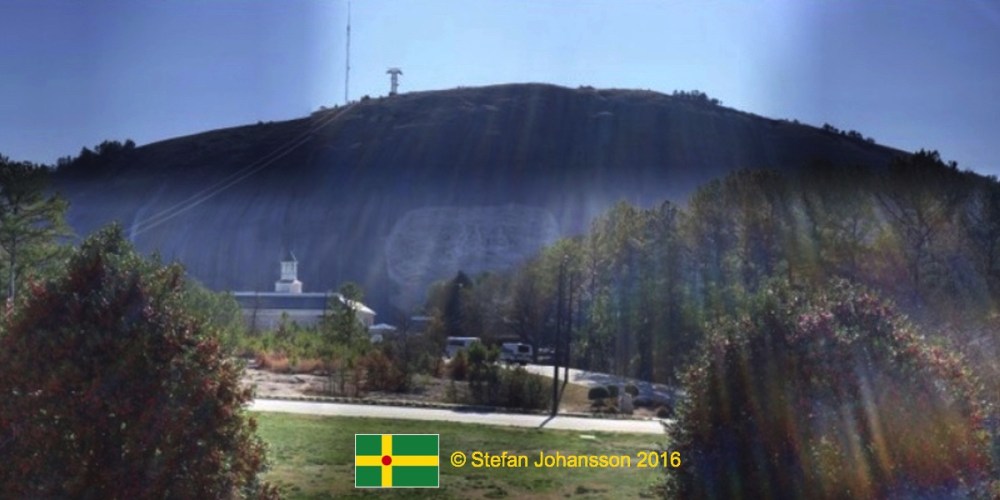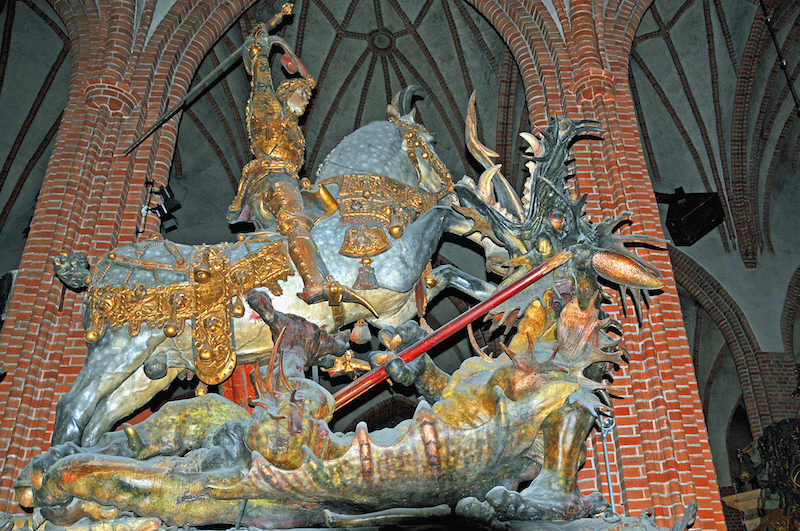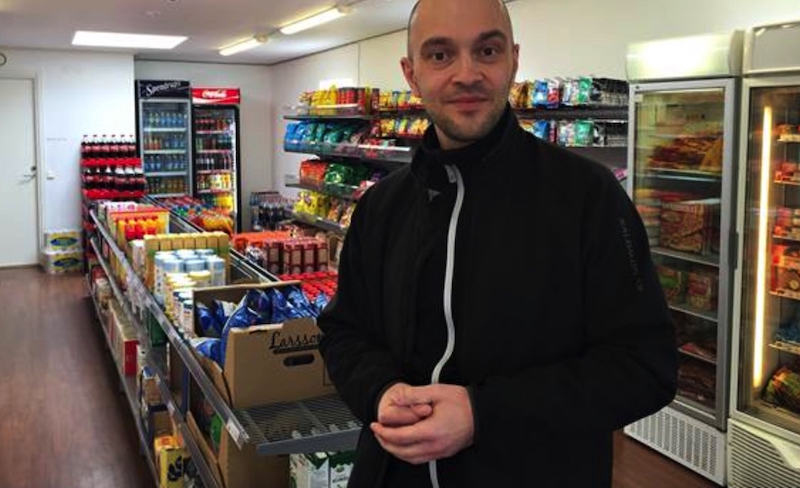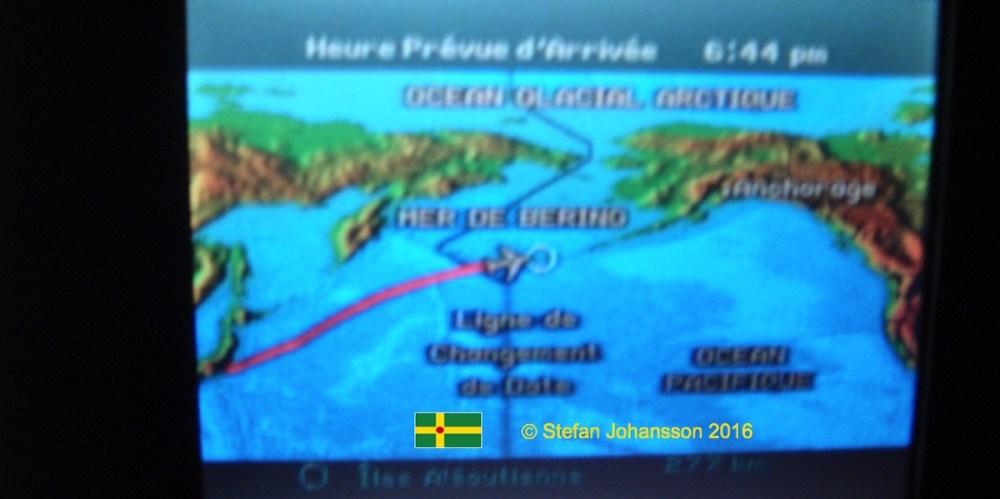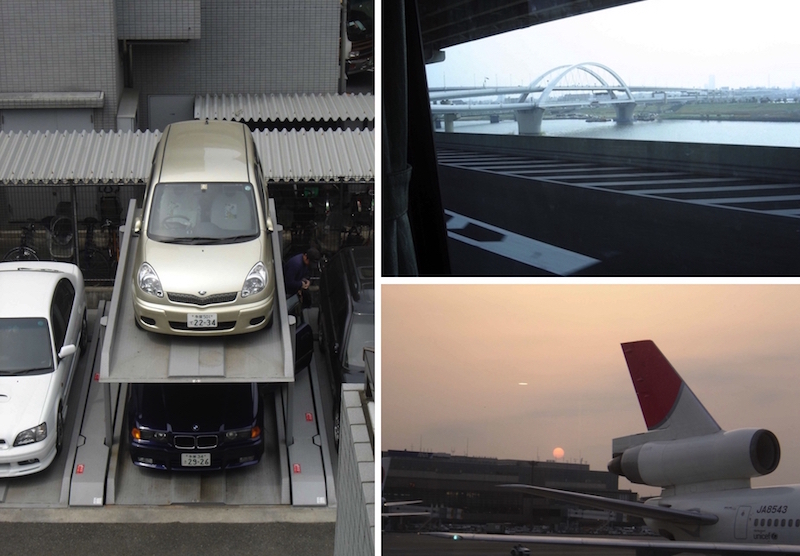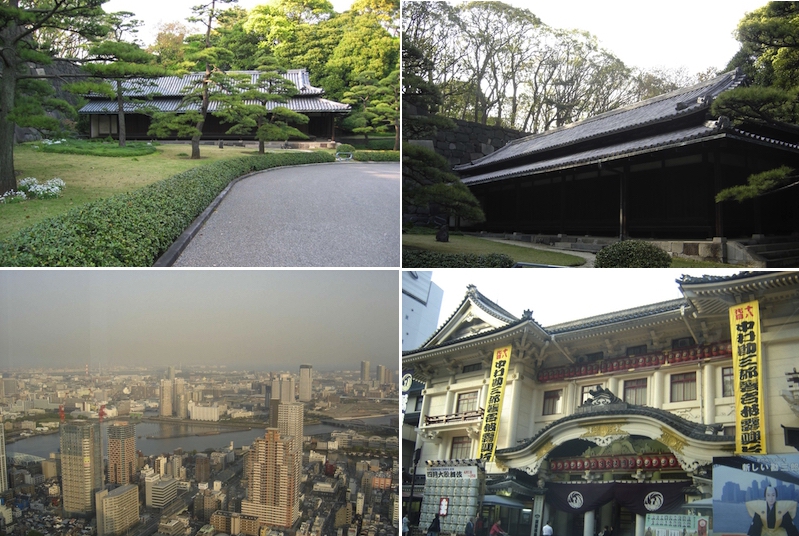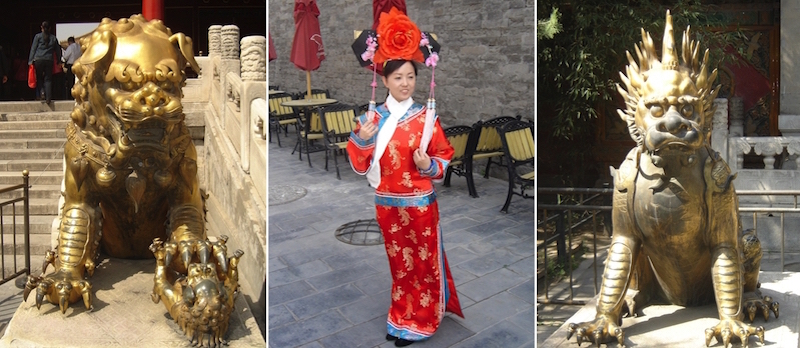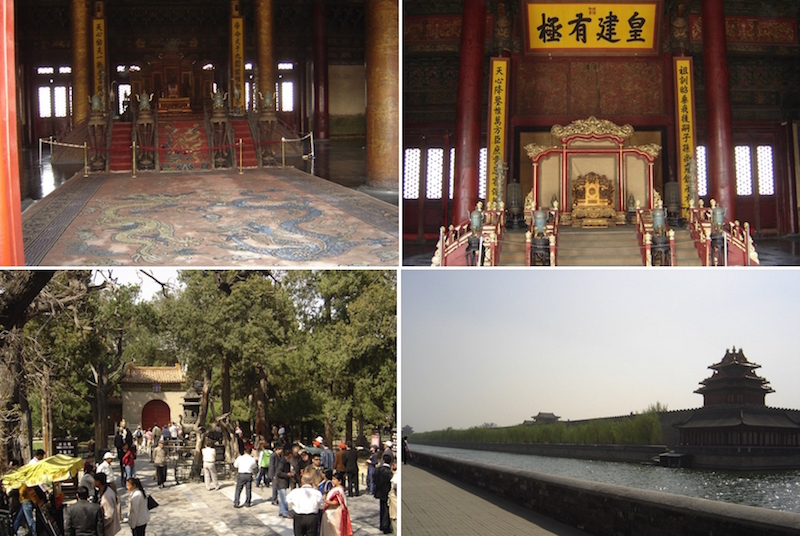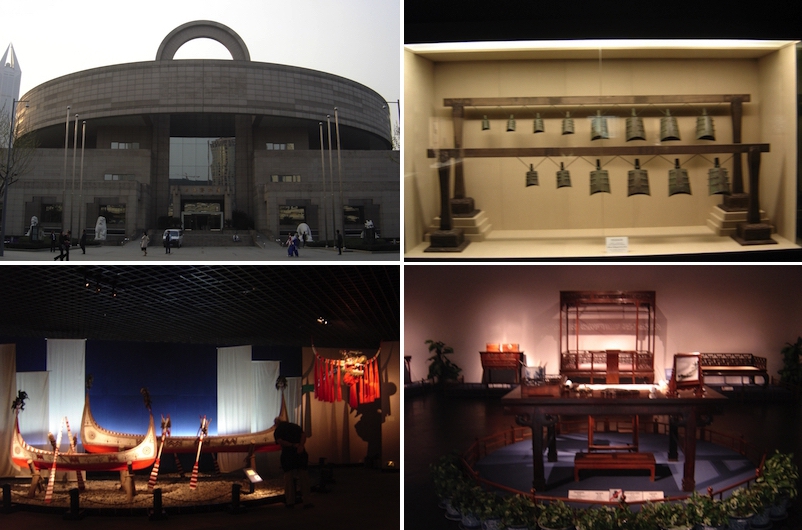2016-04-26 (Tuesday)
Today, I learned that:
Amidst all depressing news about threats of terrorist attacks, the 30-year anniversary of the Chernobyl nuclear accident and its consequences, at least one ray of sunshine found its way to me today.
I just learned that researchers at the University of California in Irvine have developed a new kind of battery. In comparison with the ruling lithium ion batteries, which use a liquid electrolyte, the new battery is composed of various strands of nano wires in a gel electrolyte. Preliminary results have shown that it may be possible to recharge this new battery hundreds of thousands of cycles with no or just a small degree of degrading in its charging capacity, as opposed to the lithium ion batteries which normally lose much of their powers already after some thousand cycles. However, there is no word yet of when we might eventually see these nano wire batteries as commercial products.
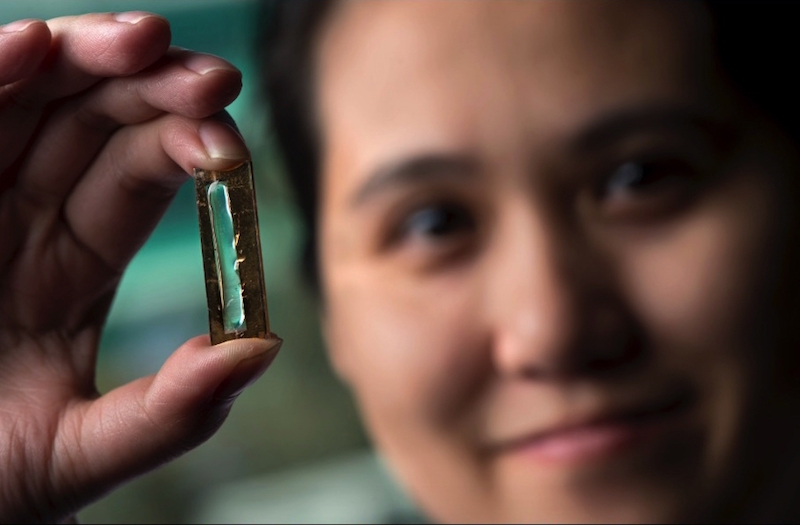
Is this the battery of the future? The researcher Mya Le Thai at the University of California in Irvine (UCI) shows us the promising object we all might crave for in a not too distant future. Photo by Steve Zylius, also from UCI.
References #1 and 2 below are brief articles about the new type of battery, and reference #3 is the scientific paper which was recently published.
But until we see those new batteries in production, we have to make use of what we have to the best of our knowledge. And then it can be good to verify what Android Authority wrote in their article about 6 common battery myths, reference #4 below. Read it and take lessons from it!
… That’s what I learned in school !
Refs.:
1: New Nanowire Batteries Can Be Charged More Than 100,000 Times
2: Accidental discovery could help batteries last years longer
